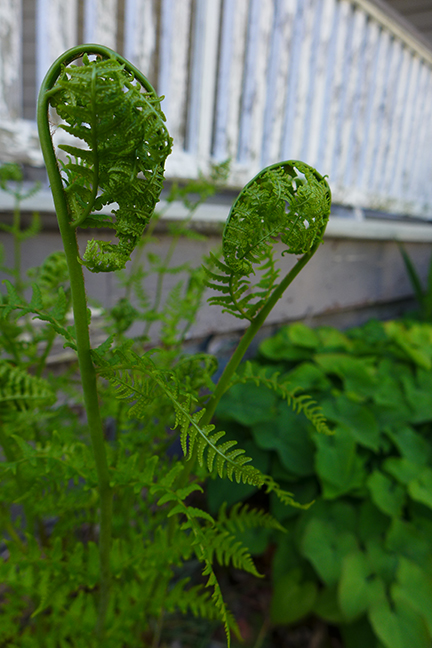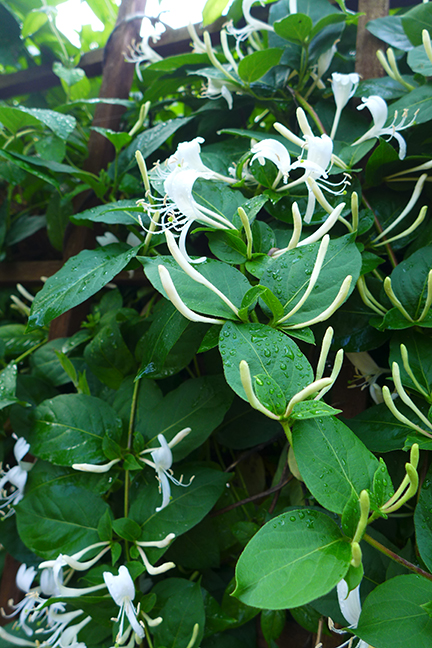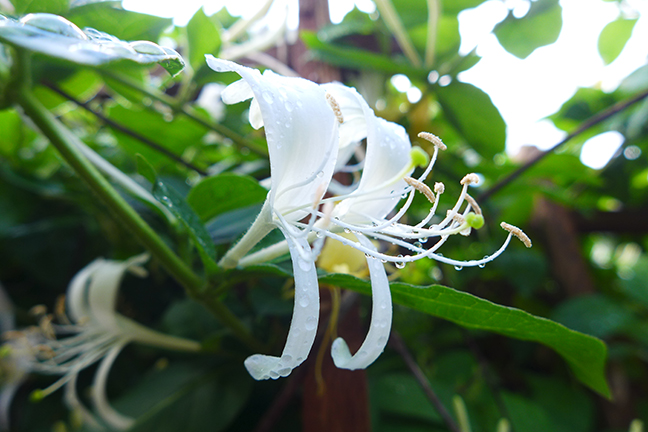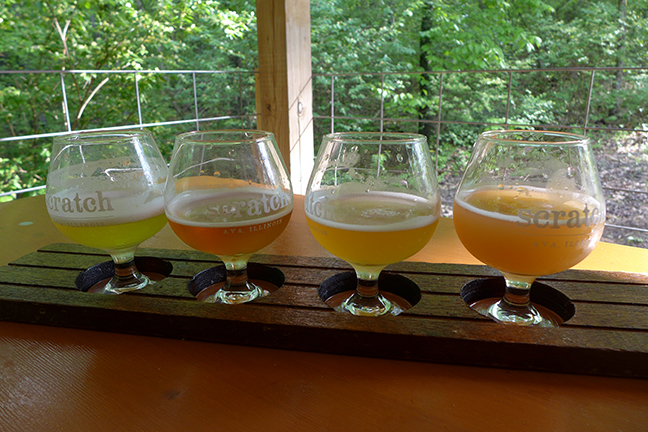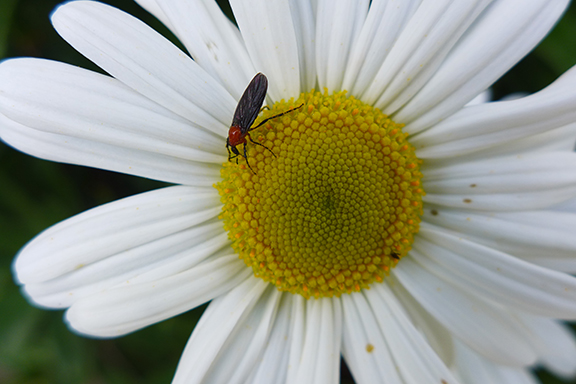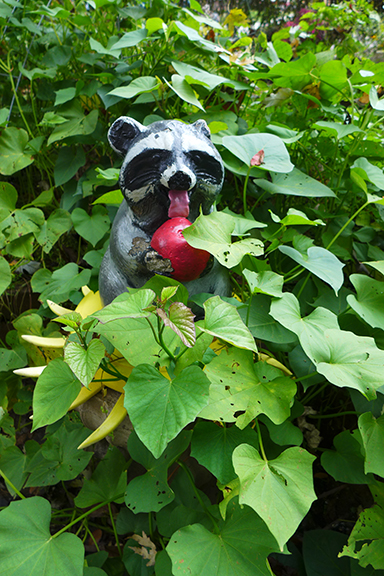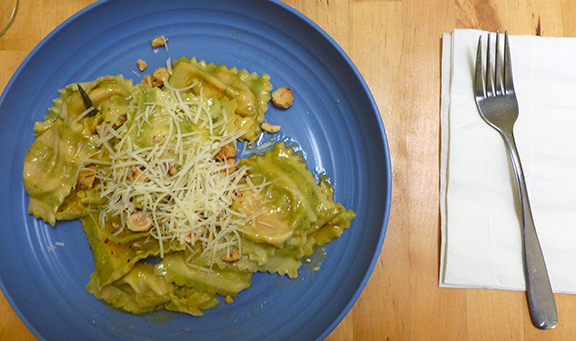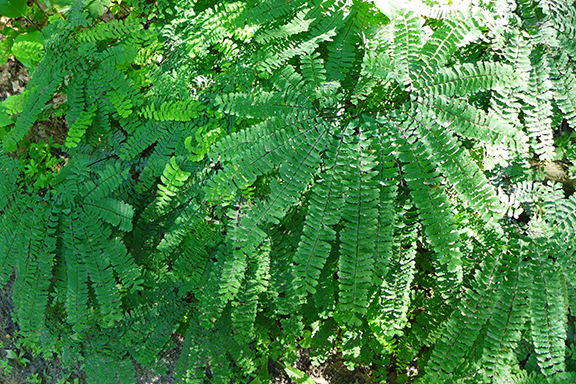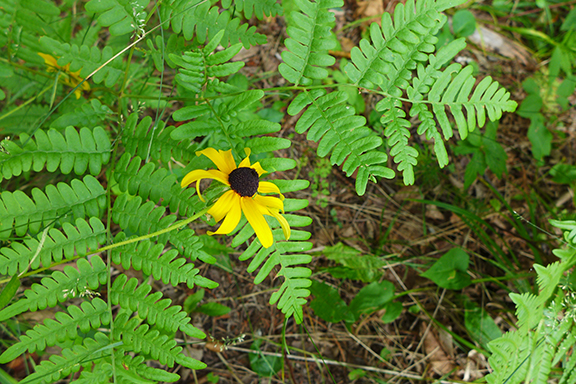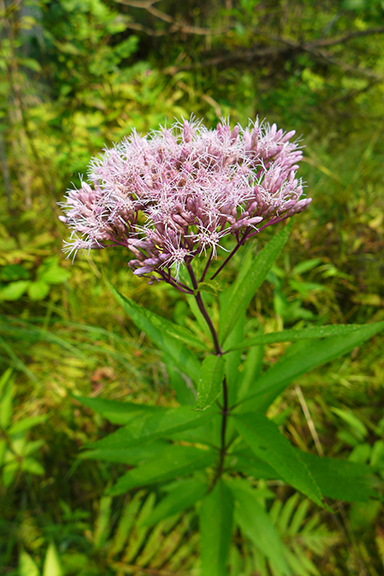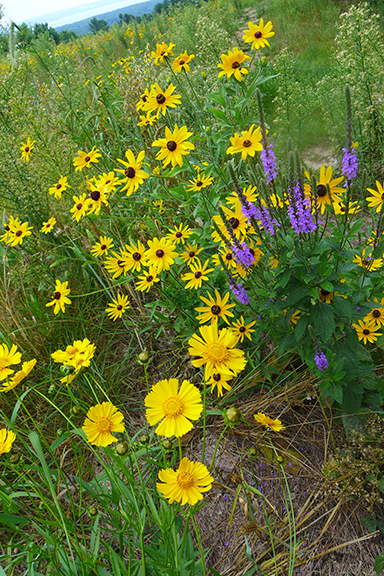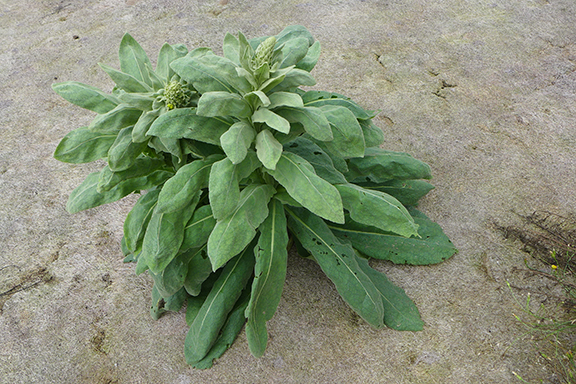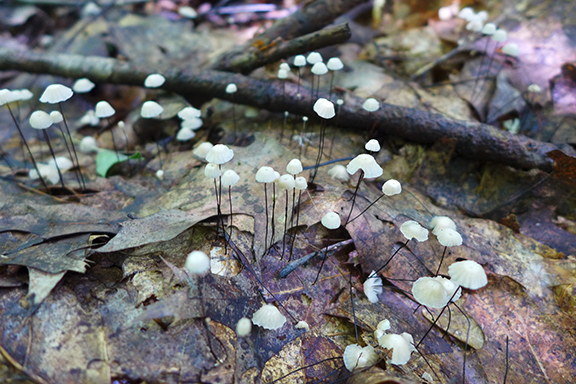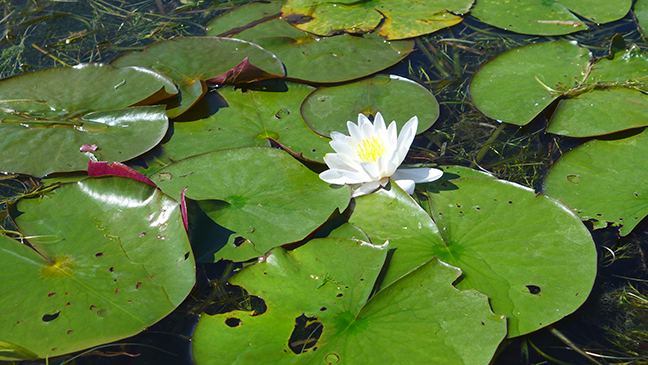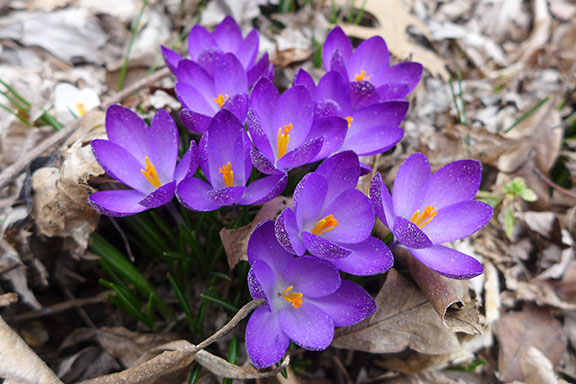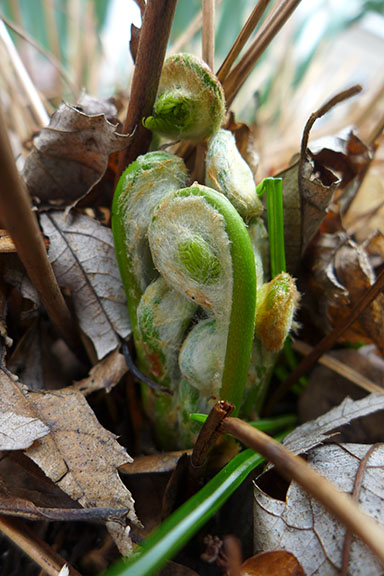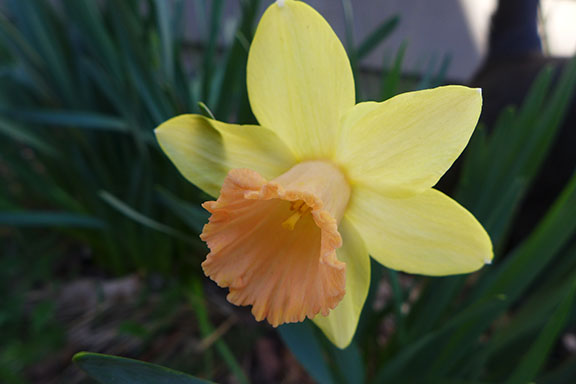March was a great month for being continually surprised by new blooms here and there around my yard. I would be out walking Perry the Cat when I’d notice a new fleck of purple or yellow popping up. There was a lot of promise at the beginning of the month with many old regulars appearing and the knowledge that there were many more in the ground yet to emerge.
Unfortunately that promise had dulled a bit by the end of the month. Many beautiful things bloomed, don’t get me wrong, but quite a few new bulbs that I’d planted last fall never appeared and several of my existing bulbs didn’t return this year. For instance, I’d planted a bunch of dwarf irises last fall because I loved the ones that I planted a couple years ago, but of all the bulbs I planted I only had two blooms. Still, I love the fancy little flowers.
And for the first time in the more than ten years that John and I have been living in this house, a cold snap wrecked most of the magnolia blooms so the usual show was extremely muted. We’d had a pretty snow the evening before the cold snap, and I ran around the yard taking some photos before it was gone. Then we had a couple days with lows that dipped into the teens and that was what destroyed the magnolia blooms. Our friends who’d owned this house for decades before us had warned that it sometimes happened like that–so we have been lucky that it hadn’t happened before now.
One of my favorite early bloomers are the hellebores. I got my first one because I was intrigued by the name, and then I found out how wonderful they are as plants. They look amazing as they crawl out of the earth with a mass of new stems in late winter when most other things are still dormant. You can see them in the photos below. The first one I got is the dark purply one. Then I got the one with the beautifully creamy double blossoms edged in red. I’ve seen photos of the kind with speckled blooms and I’ve wanted one of those. A couple years ago I attempted to get one that was all purple with speckles, but the cats almost killed it by napping on top of it during its first, spindly year. This was the first year it bloomed, and it was the last one to do so. Last year I got one that promised fancy white flowers and magenta spots, and this year it bloomed exactly as advertised and very beautifully, too!
Meanwhile some of my other early perennials are starting to emerge including tiarellas and heucheras. I’d meant to do some cleaning and weeding all winter when the perennials were dormant but the weeds (mostly creeping Charlie) were green and easy to see. However, I never really felt like coming out to weed in the cold, so the creeping Charlie kept creeping. A couple weeks ago I attempted to carefully pull it out of my garden. It’s a really tricky job because it’s low and sneaky and entwines itself around other plants and bits break off to regenerate, which also reminded me why I hadn’t done it sooner.
I’d also meant to pull my hops out of their pot and trade out some of the old soil for new, since they’ve been less vigorous in the last couple years. But I looked at the hops I saw they were already well underway (surprise!), so they’ll have to make do with what they’ve got. They’re another plant that quietly gets a head start every year before I expect to see any plants.
I’ve started preparing some sweet potatoes indoors, I got a small patch of salad greens going in my garden, and I planted tomato seeds, so I’m slowly working my way toward a new year of harvests. The raspberries and blackberries are coming out of dormancy, and the garlic is showing more signs of growth. I have plenty of work to do in April to get my garden going now that the earth is waking up.
Meanwhile, in mid-March, John and I saw that Scratch Brewing was celebrating its 9th birthday with a special weekend of unique beers, some of which would not be offered at any other time. We decided we needed a short weekend getaway, so we planned another trip there.
If you recall, we first visited Scratch last October, and we had a wonderful time. Scratch brews really unique beers, many of which incorporate ingredients that were foraged from the woods around the brewery. Some taste like you’re drinking a tree, some are fruity, some are smoky, and all of them are delicious–or at least John and I think so. The day’s menu in the tasting room is below so you can read through it. We both especially liked the one brewed with green tomatoes, the one brewed with marigolds, and the one brewed with paw paws, but all the beers we tried were incredibly drinkable.
The one thing that we were a little disappointed about was that their food menu only consisted of two sandwiches. I guess they had wanted to streamline the food prep so their staff could focus on serving lots of beer. When we’d been there in October, there had been several different food options so we’d been able to sit around eating and drinking until we’d spent the entire afternoon there. The sandwiches that we got were absolutely delicious, but with only two options we were finished much sooner than we’d expected.
After we’d eaten and drunk our fill, we went to the nearby Piney Creek Ravine Nature Preserve to hike and to see the Native American rock art that is there. At first the trail wasn’t very clear, but we slowly found our way into the ravine and across two streams and found the rock shelter with the art in it.
When we got there, I really wished I’d known to research the art beforehand. It’s been nearly destroyed by time and by so many, many years of graffiti. It was difficult to see where the ancient petroglyphs were under all of the newer names, initials, and dates. We managed to find what we thought were a couple. We would have identified more if I’d have looked it up ahead of time.
In the second-to-last photo below, you can make out a V shape on the left and you can just barely make out two human shapes on the bottom right. The human shapes are lighter colored against a rusty background. On the boulder in the last photo you can see a squiggle that runs horizontally above Louis’ name. There’s a kind of a bird shape at the start of the squiggle. Those are all examples of the petroglyphs.























































